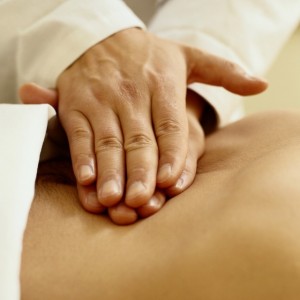Ear problems often present with dizziness or vertigo as a common symptom. In the last couple years, a number of people have come here to the clinic with these types of cases. Over time, I have found that many of these patients respond very well to a combination of therapies we use here at New England Acupuncture. Lets look at a handful of these cases. (As always, many details are changed to fully protect the identity of patients).
Jonathan the MapMaker came in presenting with a previously diagnosed case of Benign Paroxysmal Positional Vertigo ( BPPV). This is a condition where a crystal in your ear breaks off, floating around, and causing vertigo. It is a temporary condition that eventually will resolve. The conventional therapy used by doctors and physical therapists, to treat this is the Epley maneuver. Even though it may be a self limiting condition, this makes it no less uncomfortable for patients.
In my experience, the Epley maneuver seems to perform poorly, as evidenced by the many patients who come here to the clinic after having gotten no relief from the Epley maneuver. Of course, this could be selection bias.
At any rate, Johnathan Map Maker, a 59 Swedish bodybuilder, had severe vertigo, had gotten no relief from Epley maneuver, and hoped I could give him some relief. On his first visit, he received acupuncture and craniosacral therapy. The acupuncture focused on treating both the channels (aka meridians) that ran through the ear area, as well as the kidney channel ( kidneys are said to govern hearing). Points used included TW 3(Triple Warmer 3), and empirical point known to treat ear problems, as well as GB41 and GB 40. These points are located on the gall bladder channel, which both connects with the Triple Warmer channel , which means that the two channels can help treat each other, and both run around the ear area. Also, the point GB 12, a point located near the mastoid process (behind and below the ear) was needled. Lastly, K3 and K2 were needled on the kidney channel.
When the needles were removed about 30 minutes later, acupressure and craniosacral therapy were applied. The very next day, the patient reported he felt 70% improved. One more treatment was given a few days later, the BPPV resolved and the patient has had no more symptoms. Other patients with BPPV have had similar success here with the same or very similar protocols.
Dizzy Dan
Dan, an 80 year old cop originally from Ontario, came to the clinic already having been diagnosed with Meniere’s disease. He had relatively frequent attacks of dizziness even though he had been taking the medication meclizine. The treatment protocol overlapped with the one used for the aforementioned case of BPPV. Craniosacral was applied similarly, but the acupuncture points were somewhat different. In this case, the local point GB 12. located near the ear was used again. Additionally, points that treat the imbalance known as damp phlegm were also used (st40, st36, sp9,etc) as well as TW6 and other points that assist the bodies ability to transform damp and phlegm. After two visits the patient reported less frequent flare ups of dizziness. After about 4 treatments, the improvements were significant enough that the patient only came once per month for maintenance.
This year another patient came in with meniere’s. He received a very similar treatment and gained similar relief. Though I have not seen him in a few months, he seemed to be doing fairly well at last visit.
The final ear related case we will discuss is Myrtle with the utricle. Myrtle is an older woman who had been diagnosed with some type of issue involving the utricle, and organ in the ear. Her symptom was that the world felt tilted to her, not actual dizziness. She had already started therapy with a physical therapist, and was engaging in various specific exercises involving her head and eyes. After making no improvement two weeks into that therapy, she came in for acupuncture.
Overall, she was fairly healthy, with her only issues being mild hypertension, well controlled with medications, and back pain from arthritis. From the principles of traditional Chinese medicine, she suffered from kidney vacuity. It is said that , “the kidneys open into the ears”. So, i utilized acupuncture points on the kidney and urinary bladder channels ( both of which share an important connection). Utilizing the imaging system from Dr. Tan, I selected and needle the appropriate points. After three treatments the symptom had improved by 50%. Myrtle continued receiving two acupuncture treatments per week, and after a few weeks, she had hardly any of the tilting symptom left.
There are a variety of ear related disorders. Many respond quite well. One condition, tinnitus, does not respond well. So, if someone you know has meniere’s, BPPV, or some other ear related ailment, go ahead and make an appointment.

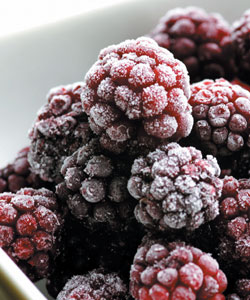
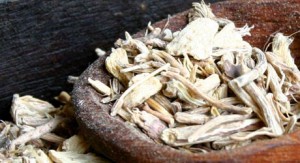 Traditional Chinese Medicine (TCM) is the indigenous medicine of China, which developed over the last 5000 years. It employs three main methods/therapies to restore health to patients: herbal medicine, acupuncture, tui na (massage).
Traditional Chinese Medicine (TCM) is the indigenous medicine of China, which developed over the last 5000 years. It employs three main methods/therapies to restore health to patients: herbal medicine, acupuncture, tui na (massage). 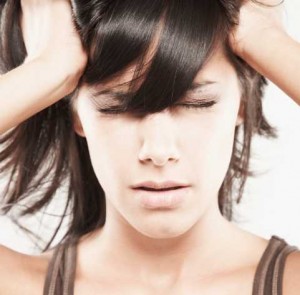 Let’s say you go to your doctor because of headaches. It is his/her job to figure out the cause of the headache. If you had neck tension that is severe, maybe a muscle relaxer helps. If you had migraine, maybe Imitrex helps. But what if the problem is bacterial meningitis? You can’t treat that with a muscle relaxer or migraine medicine; you need antibiotics instead. The point is that there is not ONLY ONE remedy for headache. Rather, there are many. And finding the right one will depend on getting the correct diagnosis.
Let’s say you go to your doctor because of headaches. It is his/her job to figure out the cause of the headache. If you had neck tension that is severe, maybe a muscle relaxer helps. If you had migraine, maybe Imitrex helps. But what if the problem is bacterial meningitis? You can’t treat that with a muscle relaxer or migraine medicine; you need antibiotics instead. The point is that there is not ONLY ONE remedy for headache. Rather, there are many. And finding the right one will depend on getting the correct diagnosis.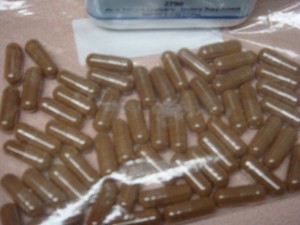 CAN HERBS REALLY BE EFFECTIVE?
CAN HERBS REALLY BE EFFECTIVE?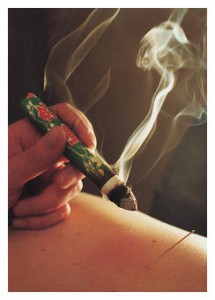
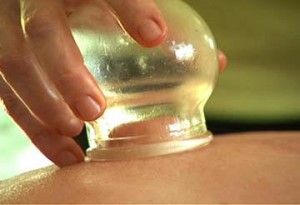 Cupping
Cupping